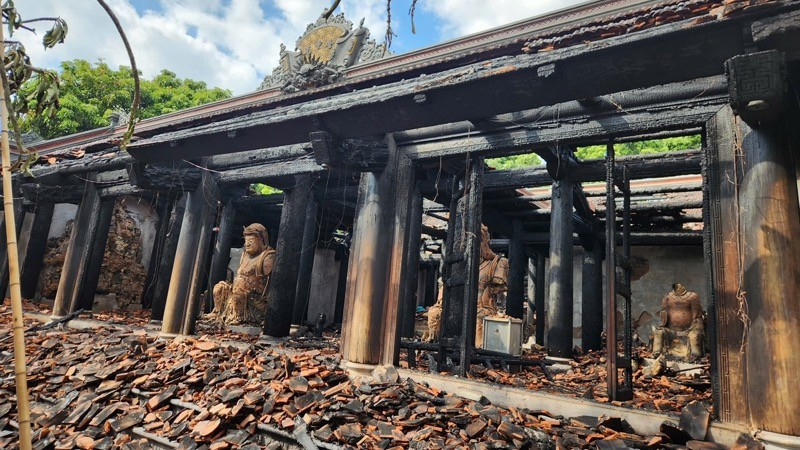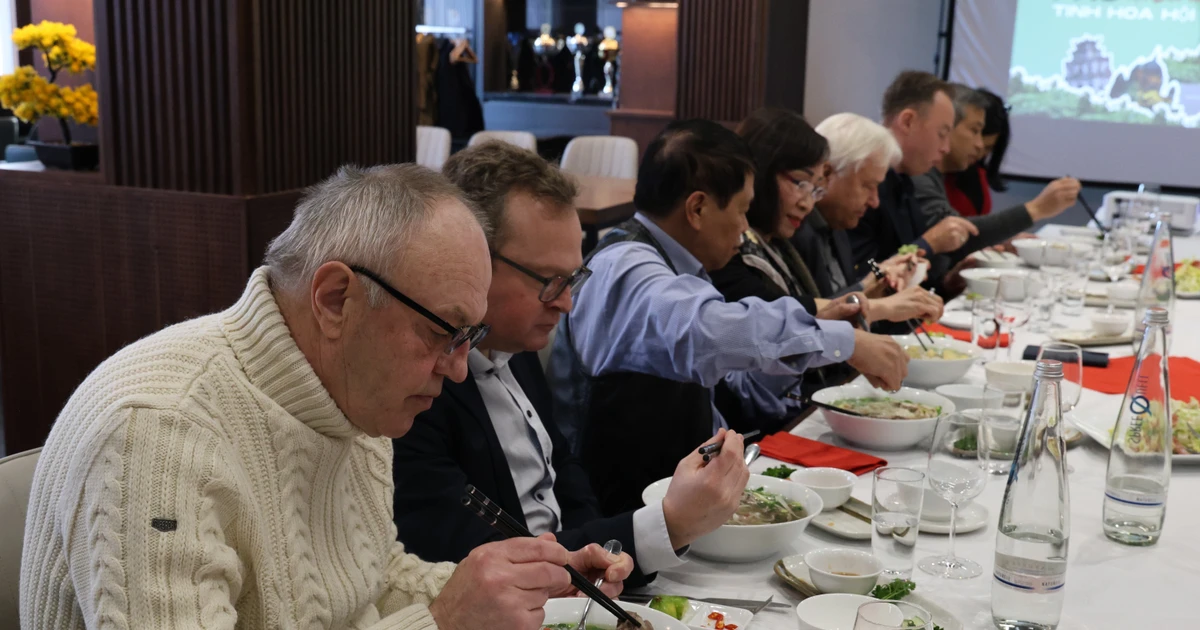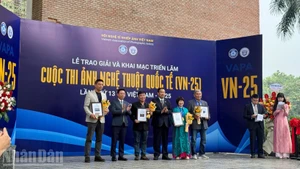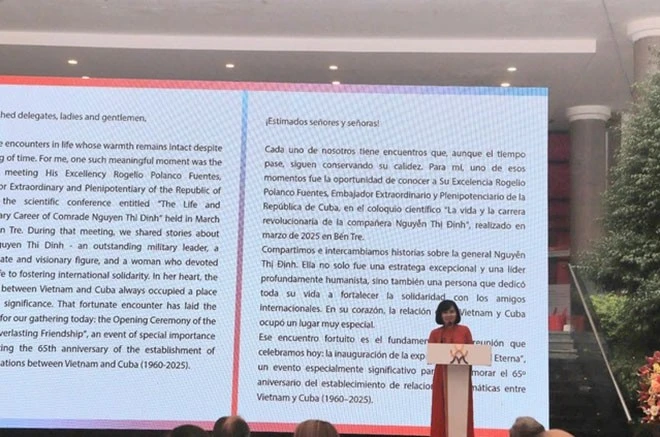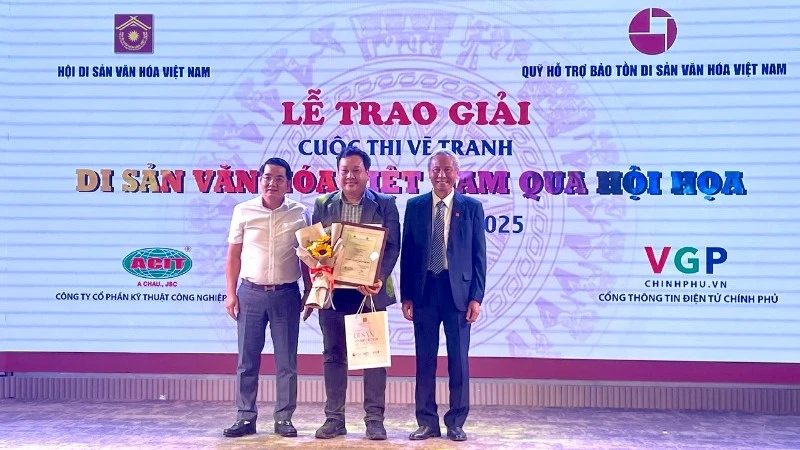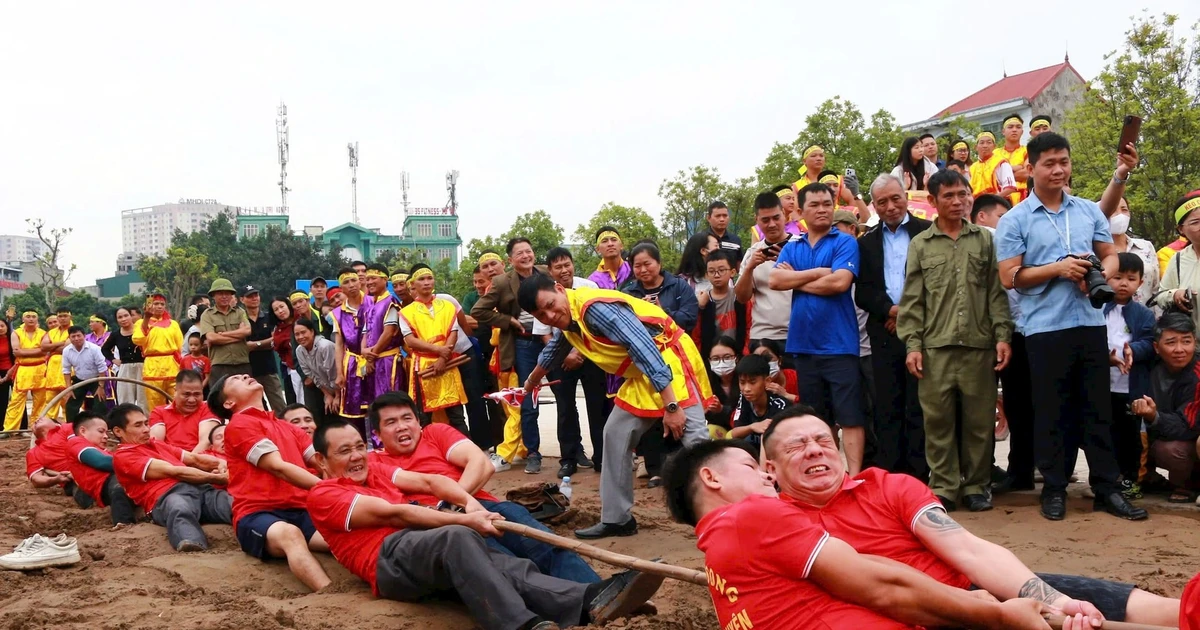From loss to action
According to Director of Hue City's Department of Culture and Sports Phan Thanh Hai, the city has submitted a formal proposal to the Ministry of Culture, Sports and Tourism, calling for the establishment of a national-level council to assess, evaluate, and propose a restoration plan for the Nguyen Dynasty’s royal throne. The proposed council would include representatives from cultural management agencies as well as experts in antiquities and conservation from Ha Noi, Ho Chi Minh City, and Hue.
In the context of increasing threats to national treasures, the creation of such a national expert council is a practical necessity. It would help overcome the confusion and delays caused by the current lack of an authorised and competent central body. This council should bring together interdisciplinary scientists, from archaeologists, fine arts and ancient architecture experts to legal professionals, conservation technicians and evaluators, to develop restoration plans that are feasible, scientifically sound, and aligned with the unique characteristics of each national treasure.
The fire at Pho Quang Pagoda (Xuan Lung Commune, Lam Thao District, Phu Tho Province) on October 23, 2024, serves as a prime example. The blaze destroyed much of the original architecture and severely damaged the stone Buddha altar, a national treasure dating back to the 14th century.
 |
| The lotus pedestal, a national treasure at Pho Quang Pagoda, is damaged after the fire. (Photo: Department of Cultural Heritage) |
Nearly eight months have passed, yet the structure has not been restored. This highlights the ongoing confusion surrounding implementation, resource allocation, and command procedures.
On May 26, the Ministry of Culture, Sports and Tourism issued a document to the Phu Tho Provincial People’s Committee, urging caution in the relocation of artifacts and calling for the public disclosure of any restoration plan to ensure community consensus and compliance with current regulations.
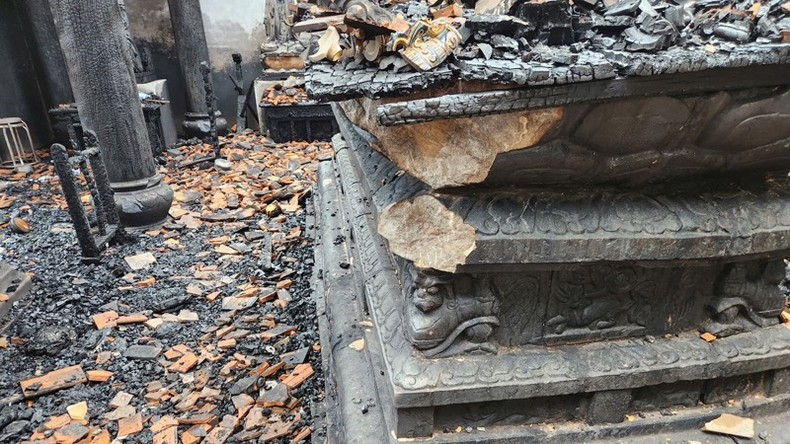 |
| A lotus petal on the stone pedestal is broken. (Photo: Department of Cultural Heritage) |
In reality, not only Phu Tho but many other localities are grappling with the deterioration, damage, or even disappearance of national treasures, all in the absence of a clear and consistent response protocol. Across the country, there are currently nearly 300 recognised national treasures, mostly housed in communal houses, pagodas, temples, shrines, or local museums. However, many of these places lack the necessary facilities, security systems, fire prevention and control measures, and qualified personnel, posing significant risks to the safeguarding of ancient artifacts.
When incidents occur, local authorities often find themselves unprepared and uncertain of who holds decision-making power, lacking financial resources, without qualified restoration experts, and with no insurance plans in place. In cases of damage or loss, the absence of timely financial support mechanisms or a legal framework to mobilise specialised resources means that restoration efforts are often delayed or fall short in terms of technical accuracy and cultural value preservation.
Creating legal framework for restoration of national treasures
The amended Law on Cultural Heritage, passed by the National Assembly in 2024, has opened up a crucial opportunity with the establishment of the Heritage Conservation Fund. As an off-budget state financial fund, it can receive contributions through socialization as well as domestic and international sponsorship. However, for this fund to function effectively, it is essential to set up a clear and transparent financial management mechanism for allocation, oversight, and use.
According to some cultural heritage experts, there is an urgent need to issue a set of criteria for assessing the emergency level when national treasures are damaged. This would trigger a response process akin to a rapid response mechanism used in disaster management. These criteria would serve as the legal foundation for the National Council for Restoration of National Treasures to intervene promptly and handle the situation with the required expertise, avoiding arbitrary and subjective decisions. A centralised, multidisciplinary national expert council should act as the core of this system.
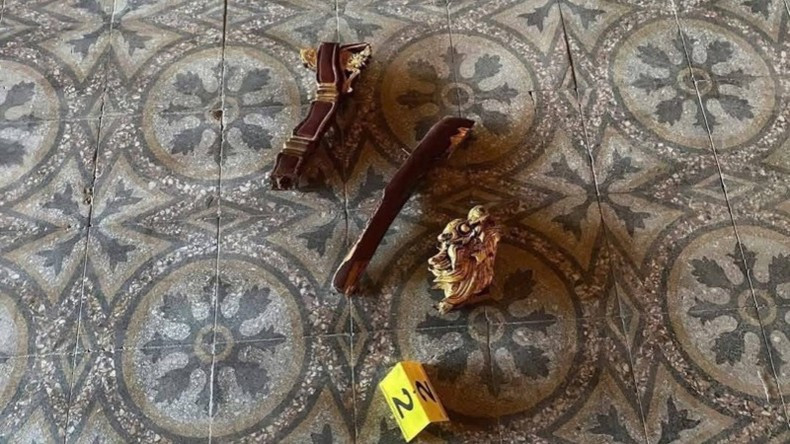 |
| A rapid-response team of experts is also needed to advise local authorities in managing urgent incidents. |
The council should not only serve an advisory and appraisal role but also act as a comprehensive technical oversight body, ensuring that restoration plans remain faithful to the original artifact, preserve original materials, reference historical documentation, and evaluate impacts on the cultural and spiritual value of the treasure. Furthermore, technical restoration procedures must be standardised—from status surveys and damage assessments to material origin identification, experimental reconstruction, and final technical appraisal.
Intervening in national treasures must not be guided by sentiment or modern aesthetic preferences. Restoration work must be grounded in science, with deep respect for history and a commitment to preserving communal memory.
In the face of climate change, rapid urbanisation, and mounting tourism pressures, monuments, including national treasures, are increasingly exposed to new threats. Thus, establishing an interdisciplinary response mechanism is not only necessary but timely. A specialised national-level task force with clearly defined authority could offer emergency interventions, provide technical guidance, and assist localities in crisis management, thereby helping to resolve current bottlenecks.
At the grassroots level, caretakers of heritage sites must be trained in initial emergency response procedures, and minimum safety standards must be implemented at locations housing national treasures.
At the central level, it is essential to refine the legal framework and establish a clear and unified mechanism for inter-agency coordination, ensuring that all cases of damage to national treasures are addressed responsibly, systematically, and scientifically, with community consensus.
When these conditions are met, every well-executed restoration plan will represent a careful step in safeguarding the nation’s cultural legacy amid the currents of modern development.
